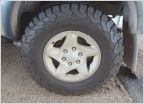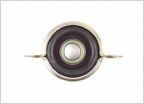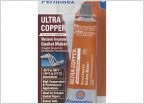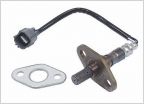-
Welcome to Tacoma World!
You are currently viewing as a guest! To get full-access, you need to register for a FREE account.
As a registered member, you’ll be able to:- Participate in all Tacoma discussion topics
- Communicate privately with other Tacoma owners from around the world
- Post your own photos in our Members Gallery
- Access all special features of the site
SOLVED! Post 2853 Leaking Injectors, Dealer Techs Rock! Extended Cranking after Engine Swap 3.4L 5vz
Discussion in '1st Gen. Tacomas (1995-2004)' started by lovemytacolots, Dec 5, 2014.
- Thread Status:
- Not open for further replies.
Page 99 of 336
Page 99 of 336
- Thread Status:
- Not open for further replies.


 Wheel Locks?
Wheel Locks? Vibration from 65-75
Vibration from 65-75 New exhaust flange?
New exhaust flange? Exhaust sensor
Exhaust sensor What would be the best lift to fit 33" tires?
What would be the best lift to fit 33" tires? Any thoughts on this new aftermarket carrier bearing?
Any thoughts on this new aftermarket carrier bearing?






